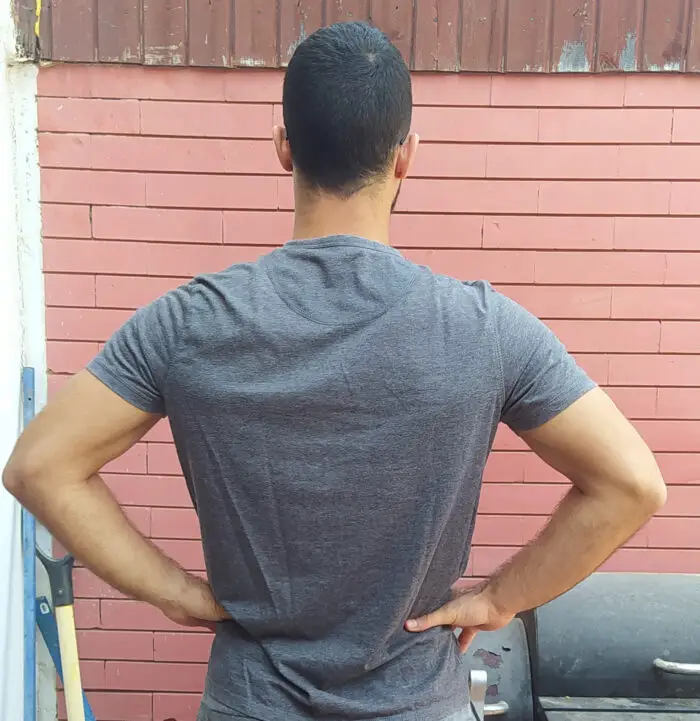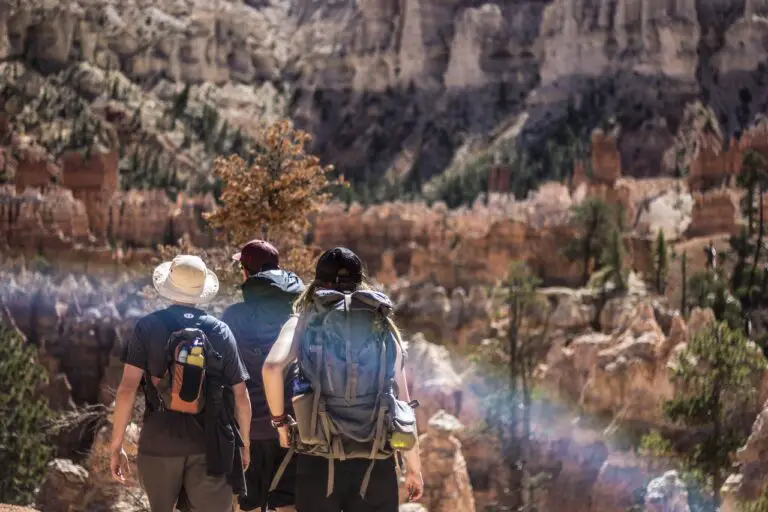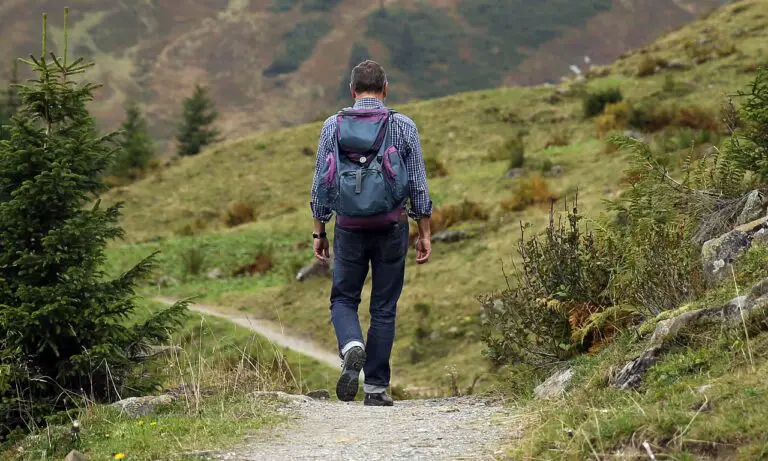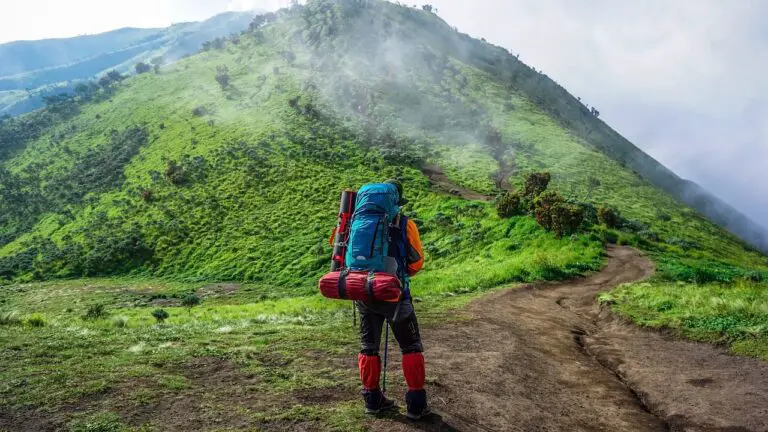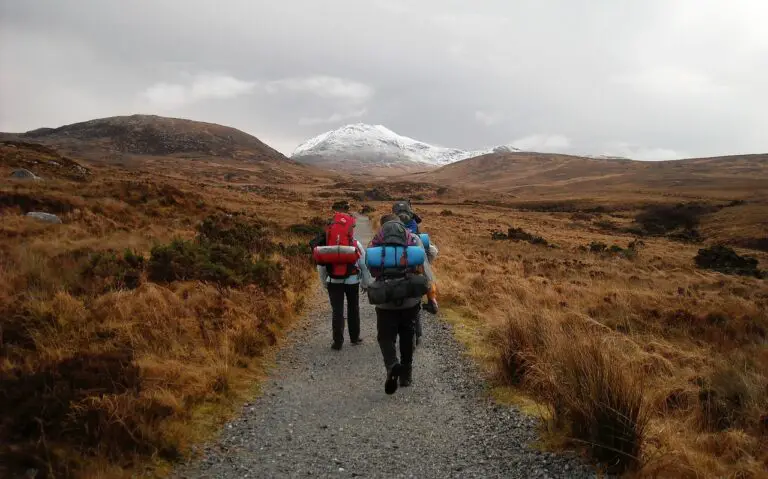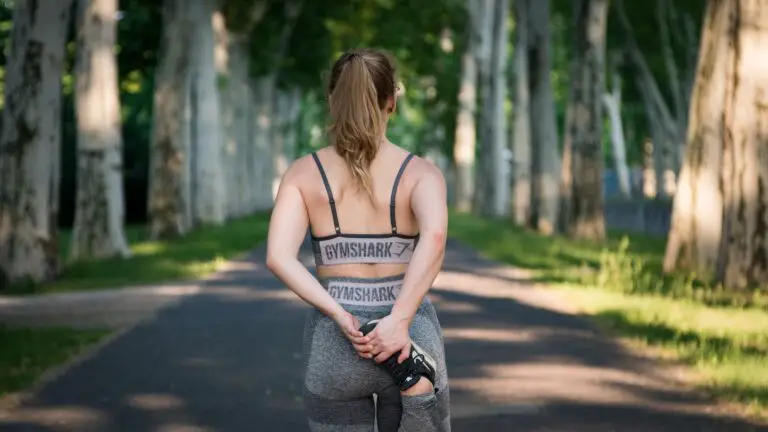What’s Your Torso Length By Height?
While choosing a backpack, usually online, many people accidentally pick one that doesn’t fit their body. The bag doesn’t sit properly, and the weight isn’t loaded correctly on their body. This can make backpacking very uncomfortable. Torso length is one of the important measurements that many forget to do when choosing a backpack.
Most people’s torso length is roughly 0.27 of their height for men and 0.26 for women, with a 5% margin of error. Directly measuring your torso length produces more accurate results.
You’ll find the average male and female torso length estimations by their height in this helpful table:
| Total Height (meters) | Total Height (ft in) | Average Female Torso Length (meters) | Average Female Torso Length (ft in) | Average Male Torso Length (meters) | Average Male Torso Length (ft in) |
|---|---|---|---|---|---|
| 1.51 | 4’11” | 0.40 | 1’4″ | – | – |
| 1.54 | 5’1″ | 0.41 | 1’4″ | – | – |
| 1.57 | 5’2″ | 0.41 | 1’4″ | – | – |
| 1.60 | 5’3″ | 0.42 | 1’5″ | 0.44 | 1’5″ |
| 1.63 | 5’4″ | 0.43 | 1’5″ | 0.45 | 1’6″ |
| 1.66 | 5’5″ | 0.43 | 1’5″ | 0.46 | 1’6″ |
| 1.69 | 5’7″ | 0.44 | 1’5″ | 0.46 | 1’6″ |
| 1.72 | 5’8″ | 0.44 | 1’5″ | 0.47 | 1’7″ |
| 1.74 | 5’9″ | 0.45 | 1’6″ | 0.48 | 1’7″ |
| 1.77 | 5’10” | – | – | 0.48 | 1’7″ |
| 1.80 | 5’11” | – | – | 0.49 | 1’7″ |
| 1.83 | 6’0″ | – | – | 0.49 | 1’7″ |
| 1.86 | 6’1″ | – | – | 0.50 | 1’8″ |
| 1.89 | 6’2″ | – | – | 0.50 | 1’8″ |
| 1.92 | 6’4″ | – | – | 0.51 | 1’8″ |
In the rest of the post, you’ll learn about height and torso length measurements and how they relate and find some rough estimates for torso length by height. You’ll also learn how to choose a backpack based on your torso length.
Torso length by height
Now we’ll detail how you can measure your torso length, and how it relates to your total height, based on my analysis.
The analysis is based on data gathered in a survey by the US Army Natick Soldier Research((Paquette, S. (2009). Anthropometric survey (ANSUR) II pilot study: methods and summary statistics. Anthrotch, US Army Natick Soldier Research, Development and Engineering Center.)), of about 4000 men and 2000 women. They performed many measurements, including the torso length and the total height of the subjects.
The results I detailed at the beginning of the post are based on average statistics I’ve created from their measurements. I’ll explain them in better detail.
In the tests, they measured the total height exactly as you’d expect: top of the head to the floor. They also measured torso length the same way we do, which I’ll now detail.
How to measure your torso length
To measure your torso length directly, you’ll need the help of a friend and a tape measure.
The torso length is a measurement, between the C7 vertebra (near the top of your shoulders) to your hip bones.
The process of measuring your torso length:
- Tilt your head forward a bit. You should feel a bone bumping out of the back of your neck. This bone is a part of your cervical spine, specifically the C7 vertebra.
- Place your hand on your hips, with your thumbs pointing backward, until you feel your hip bones.
- Drawing an imaginary line between your thumbs, have a friend find the center point between them (called the iliac center).
- Have your friend measure the distance between the iliac center to your C7 vertebra. That’s your torso length.
This process is also shown in the image:
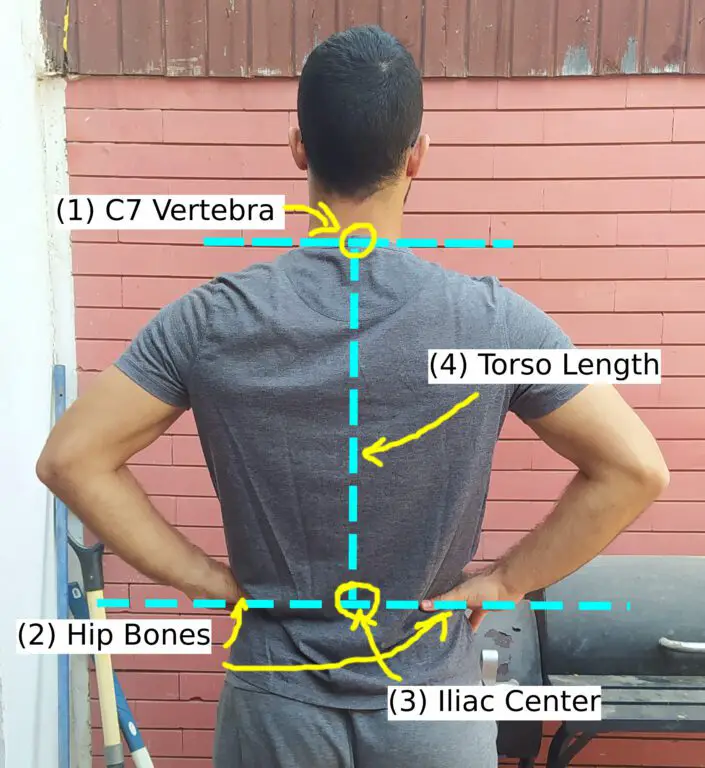
The C7 vertebra is very easy to find once you check for the bump in the back of your neck. It should be somewhere around where it’s shown in the image:
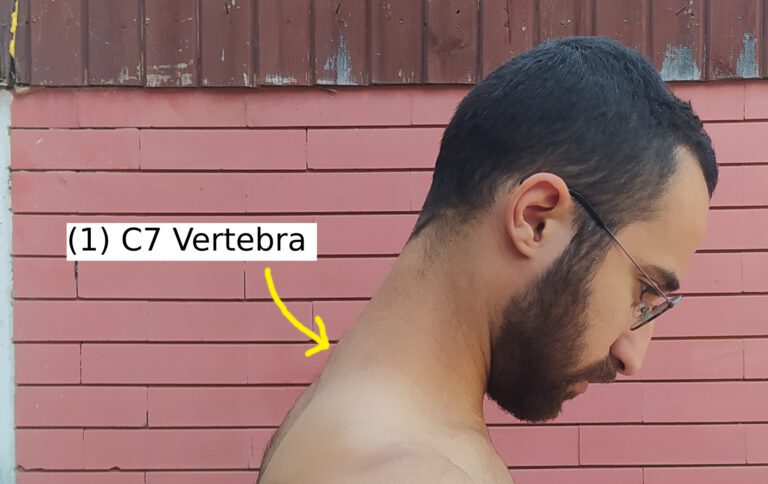
This is how you can easily measure your torso length. And it’s how it was measured in the survey.
Average torso length by height
Based on the information in the survey, I’ve performed an analysis of the relationship between the torso length and the total height.
First, I visualized the height and torso length as points on a graph. In the graph below, every point represents a person. Its location indicates the height and torso length of the person, while the color represents the gender:
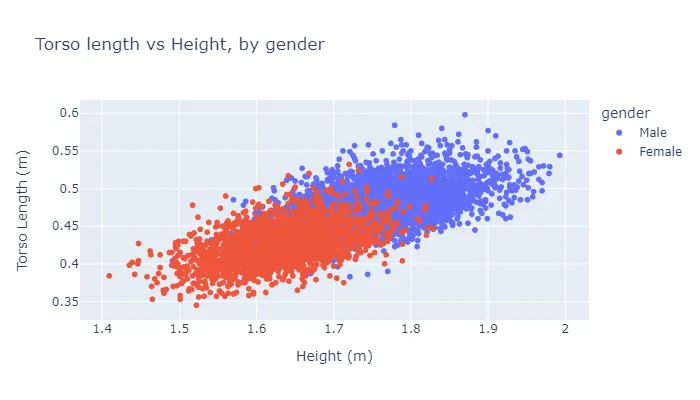
From this graph, it’s quite clear that the relationship exists. A known indicator of the relationships between two parameters is the correlation. The correlation between height and torso length was found to be around 0.73, which is quite high. This means taller people usually have longer torso lengths, as we would’ve thought.
There are many different ways to describe the relationship between height and torso length, at different complexity levels. A simple way to do that is actually by describing the ratio of the two.
In the graph below, the percentage of data in each torso length to height ratio is drawn, for each gender:
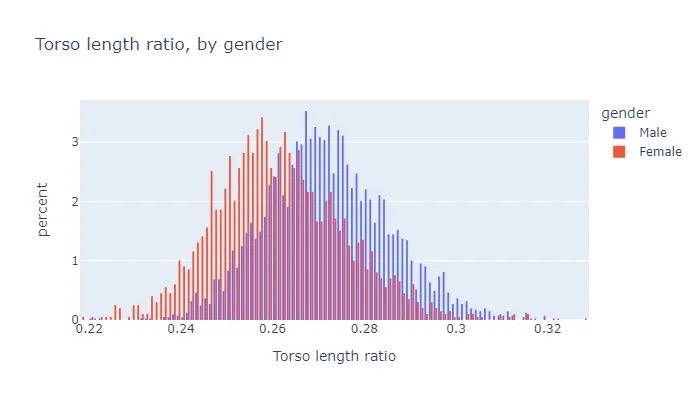
We can’t assign an exact number by this graph, but we can see that most of the time males have a longer ratio than females. To assign exact numbers, we may calculate the average torso-length ratio, and the error margin:
| Gender | Average Torso Length To Height Ratio | Margin Of Error |
|---|---|---|
| Male | 0.272 | 5% |
| Female | 0.261 | 4% |
This means that to get your torso length within a reasonable margin of error, you may multiply your height by the relevant ratio.
Of course, larger errors are possible. The margin of error describes the range where around 68% of people are within (one standard deviation)
There are other possible ways to describe the relationship between the torso length and height. This one is simple and accurate enough.
Backpack fitting by torso length
Most backpacks nowadays fit a variety of torso lengths, thanks to the straps system. Still, you should check that the bag you’re getting fits your torso length, meaning you’re within the range the bag is optimal for.
Every brand and backpack model is a bit different, so when making a decision on a specific bag, check the torso length fit.
The way the backpack is eventually designed to fit is that the center part of the hip belt should be around the iliac crest, and the shoulder straps should wrap nicely over your shoulders. They should start wrapping to your back around 1″ to 2″ below your shoulders((Osprey, size & fit)).
This way, everything fits well on your body, and you can tighten or loosen straps to move the load between your hips and your shoulders, as you hike.
Conclusions
In this post, we’ve discussed a simple way to estimate your torso length from your height. While it works quite well, nothing compares to directly measuring your torso length, since everyone is genetically different.
Still, this method is quite simple and easy as a rough estimation, and since most backpacks nowadays fit a variety of torso lengths, it should mostly be enough for you.

